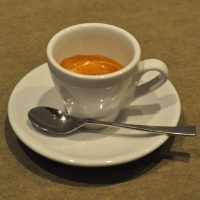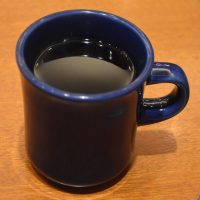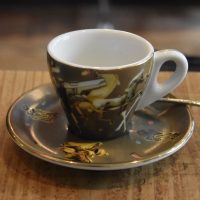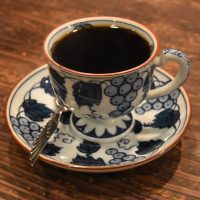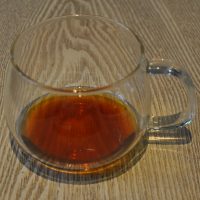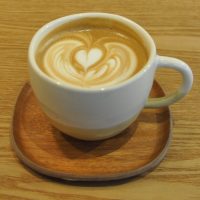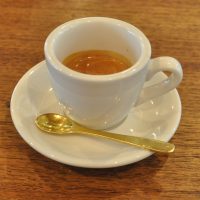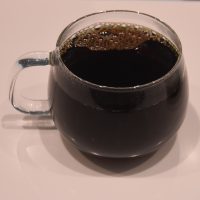 Blue Bottle Coffee at Shinagawa Station is its sixth (of currently 14) locations in Tokyo, opening at the end of 2016, just after the Nakameguro branch. I discovered it on my first visit to Japan in April 2017, when I based myself near the station, catching the bullet trains on a daily basis as I explored Japan. As a result, it became a regular calling point first thing in the morning, with a pre-departure cappuccino to go in my SoL Cup. Since then, I’ve made a point of popping by whenever I’m changing trains in the station (which, admittedly, hasn’t been very often).
Blue Bottle Coffee at Shinagawa Station is its sixth (of currently 14) locations in Tokyo, opening at the end of 2016, just after the Nakameguro branch. I discovered it on my first visit to Japan in April 2017, when I based myself near the station, catching the bullet trains on a daily basis as I explored Japan. As a result, it became a regular calling point first thing in the morning, with a pre-departure cappuccino to go in my SoL Cup. Since then, I’ve made a point of popping by whenever I’m changing trains in the station (which, admittedly, hasn’t been very often).
Despite being a station coffee shop, Blue Bottle, following the best traditions of Japanese station coffee shops such as Ogawa Coffee at Kyoto Station and Maruyama Coffee at Nagano Station, has a full offering in line with most other Blue Bottle locations in the city, although it lacks the extensive food offerings of the Aoyama coffee shop. The seasonal Hayes Valley blend is on espresso, along with a regularly-changing single-origin, while there’s a dedicated filter blend, different a single-origin and decaf on pour-over. There’s also a strong retail offering, plus a small range of cakes and snacks.

